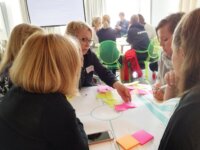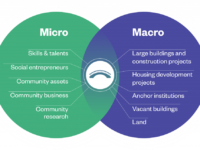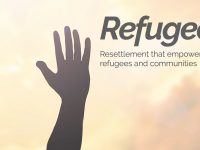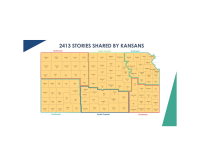Even though the Finnish education system still ranks highly among international comparisons, it is under pressure to reinvent itself. The Innovation Centre based at the Finnish National Agency for Education (EDUFI) has carried out a year-long, facilitated process, The Experimentation Lab to support teachers, school leaders and local education administrators to co-create local solutions to address complex challenges and simultaneously inspire transformation in education governance.
Innovation Tag: Process Facilitation and Co-design
The programme My First Salary addresses youth unemployment by providing a salary subsidy grant for the first employment of high school or university graduates bellow 30. It is implemented through a state-of-the-art tech platform that automates the application process, approval and match-making. It is a “zero paper” alternative to what used to be a “complex bureaucratic state support procedure”, combined with a transparent “recruitment procedure” – all in a streamlined and fully…
The City of Austin has launched a shared approach to user-centered design, iterative technology development, and collaborative policymaking through its Office of Design & Delivery, which has grown to include over 25 experts in service design, interaction design, content strategy, web development, and agile product management. Through cross-disciplinary teams spanning design, technology, and policy, their teams have improved outcomes in public safety, public health, and digital transformation.
USE-IT!, Unlocking Social & Economic Innovation Together!, is a whole neighbourhood approach to addressing urban poverty.
It innovates by building bridges between the places, the people, the public sector, the private sector and civic society partners in a community so they can co-produce solutions to poverty that unlock opportunities and that fits their needs.
By doing this, USE-IT! works by respecting what is already there in a community rather than by assuming what needs to change.
While tens of thousands of refugees are permanently resettled to host countries every year, governments lack the capacity to know which communities to place which refugees.
Annie™ MOORE, used by the resettlement agency HIAS, deploys advanced analytics to recommend communities that are most likely to maximize refugees’ odds of being employed.
Annie™ boosts employment chances by at least 30% over manual placement and ensures that the needs of refugees and community capacities are both…
The Ministry of Possibilities is a virtual ministry created to incubate and solve the systemic impossibilities of government.
It works by creating time-bound departments experimenting together to ask impossible questions and disrupt the conventional systems with leapfrog solutions that are yet to be explored
Its focus areas & mandate are:
To IDENTIFY impossibilities
To INCUBATE virtual, timebound departments/teams to solve and explore the impossibilities
To EDUCATE and train on the mindset of…
Who gets to set the direction of travel has been identified as a key concern of challenge led policy. Utilising an online crowdsourcing tool, the challenge prize Solution 100 provided a novel approach to addressing this question. By crowdsourcing the challenge formulation, the competition organisers built legitimacy for the prize along with a deep understanding of the challenge that was to be addressed. The chosen method combined knowledge gained through crowdsourcing and expert panels.
School age is the golden age for introducing and instilling the values of clean and healthy living behaviour (CHLB) in children. Encouraging children to adopt CHLB is a key focus of Indonesian primary schools’ activities, with the aim of reducing levels of contagious illness and increasing good nutrition. This is especially important to introduce at a young age, as many schools and homes do not have access to clean running water and lack adequate toilets and hand-washing facilities.
The State of Kansas piloted ‘Our Tomorrows,’ a novel framework to capture family experiences about thriving and surviving, to ensure that policies and practices meet the needs of families. The approach makes a large amount of data (over 2,500 narratives) directly accessible to decision-makers and the individuals who provided it. Communities make sense of patterns that emerge from stories to create a portfolio of small actions that will make Kansas the best place to raise a child.
The project was inspired by the need to promote coding in Greek primary education. It fostered the exploration of the actual use of digital technologies in the Schools, the way new technologies could transform School classrooms into real labs and the level of impact in the improvement of the digital skills of teachers and pupils.





